Cliffrose is the star of this show. It also goes by the common name quinine bush or the scientific name of Purshia mexicana. If you look at a map of its distribution you will see that it is found in the southeast corner of the Arizona in and around some sky islands. The Catalina Mountains near Tucson seem to be its western limit, but if you look up in the middle of the state and into Utah, whoa, it’s everywhere! Oh, and go south into Mexico and it has a large distribution in northern and western parts in that country. The specific epithet of mexicana is because that’s where it was first described. By the way there are some cliffrose on the sides of the road near Sonoita, Arizona. Some are very old, large and gnarly and easily driven by unless of course it’s in bloom, then that will get you attention. It’s not just the flowers that can be white or creamy yellow, but my goodness the sweet odor of those flowers permeates the air for hundreds of feet around it and it’s true that sometimes you will smell cliffrose before you see it.
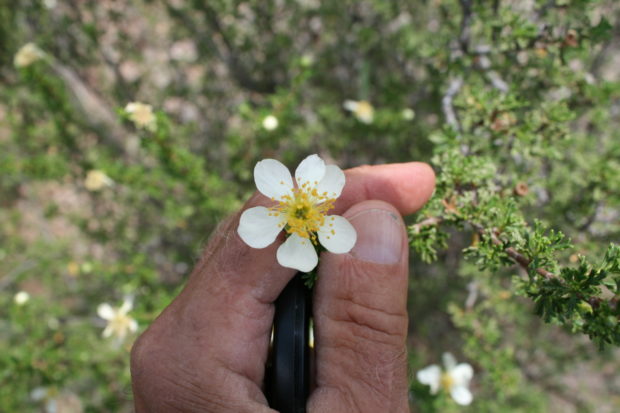
The photos are mine. I have photos of yellowish flowers from other treks, but these white flowers are the ones we saw on the day described. The flowers look like roses, right? And you can see the start of the fuzzy persistent styles. After the bloom period whole plants look like a wooly mess. Beautiful.
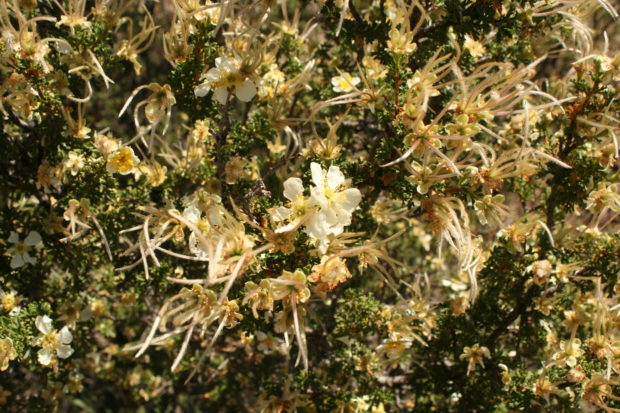
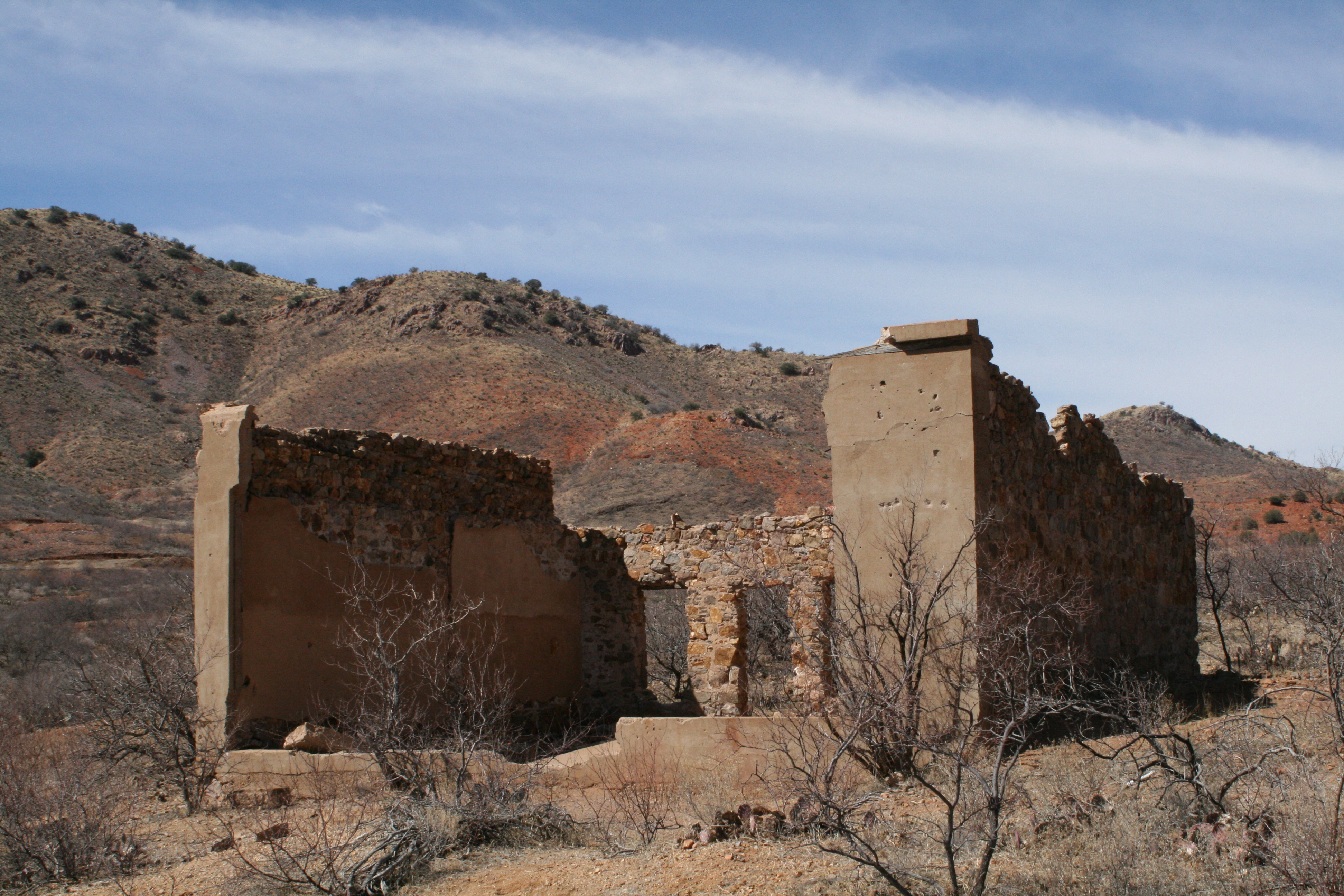
Petey cruises dirt roads along the east side of the Dragoon Mountains looking at rubble and plants.
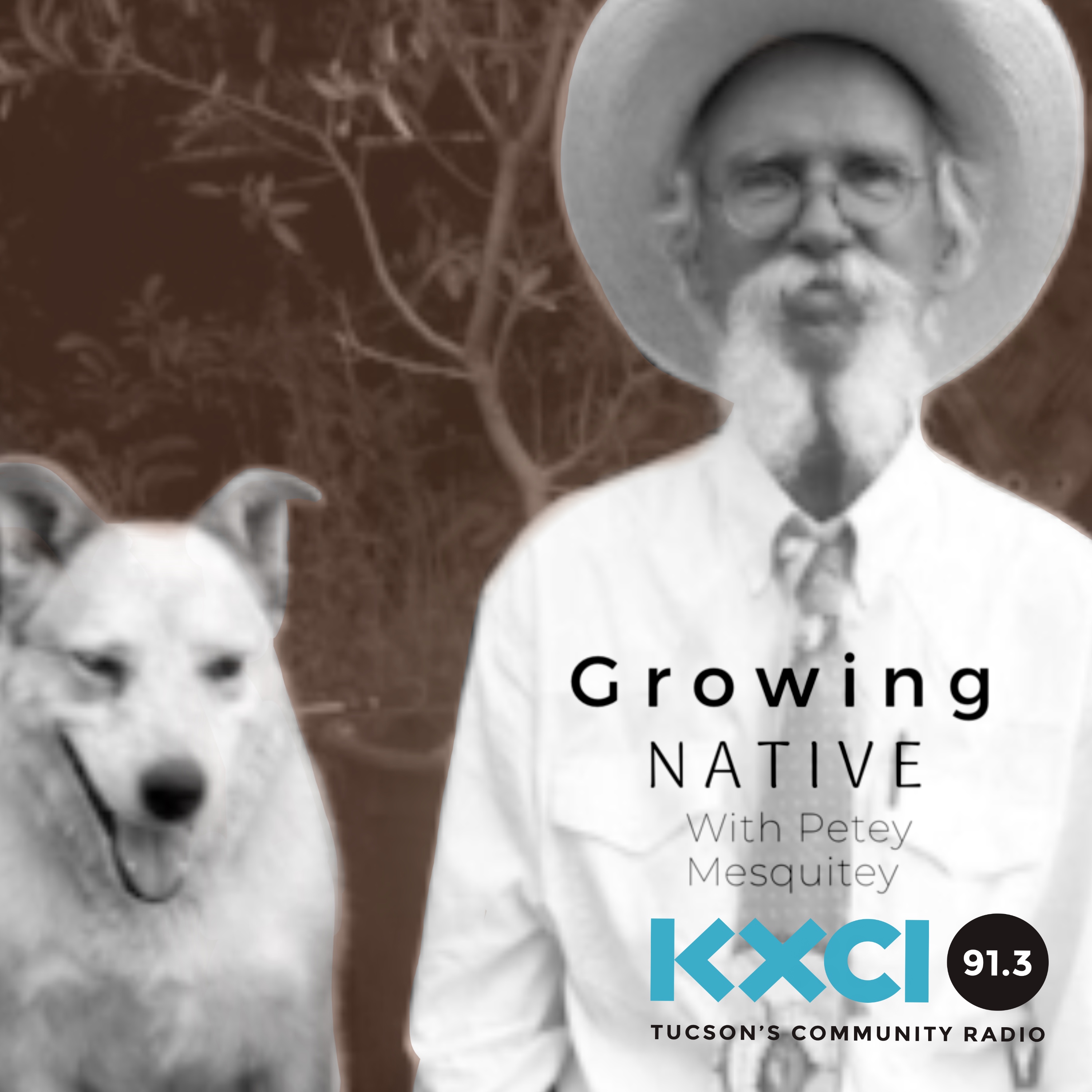
The botanical name for the southwest white pine of this episode is Pinus strobiformis. I read that specific epithet stobiformis comes from the Greek...
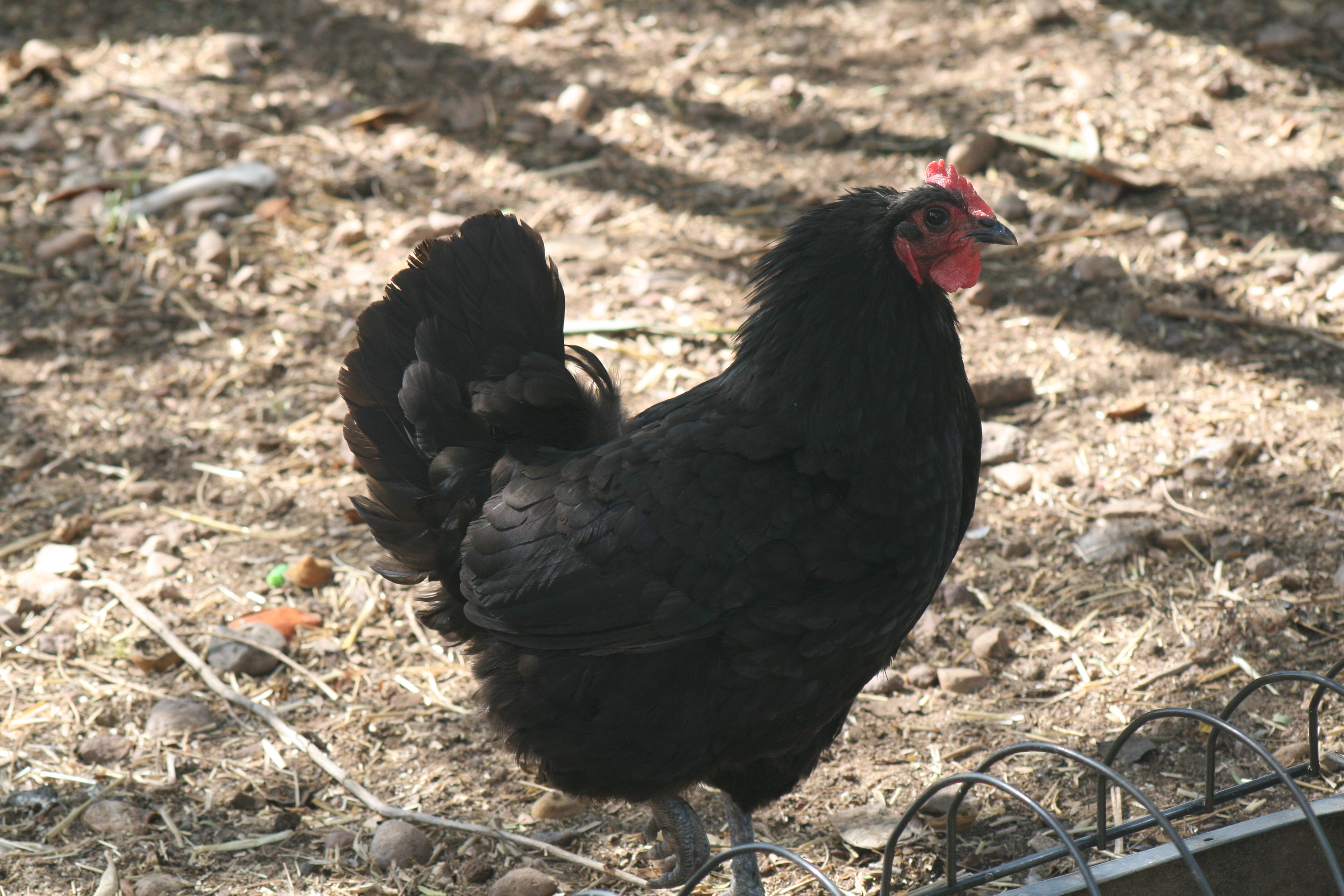
I revealed most of my personal chicken history in this show. It is an ongoing saga, though I am much more in control of...